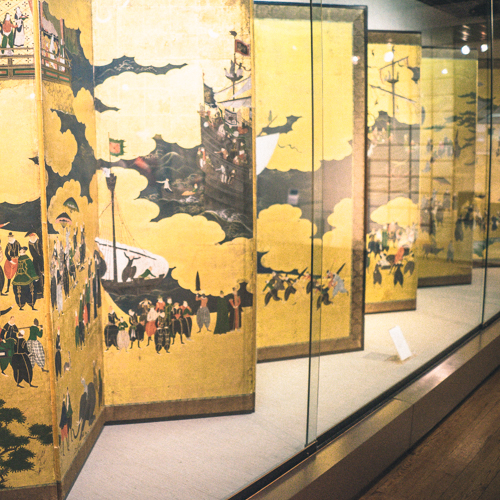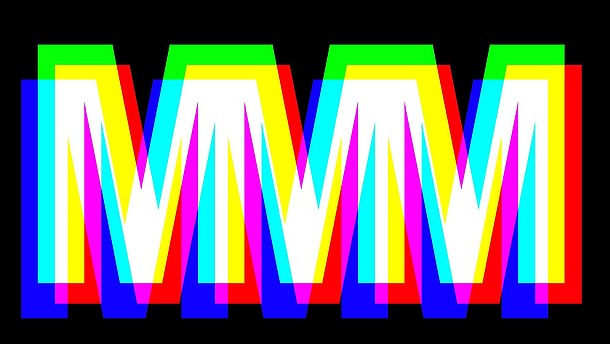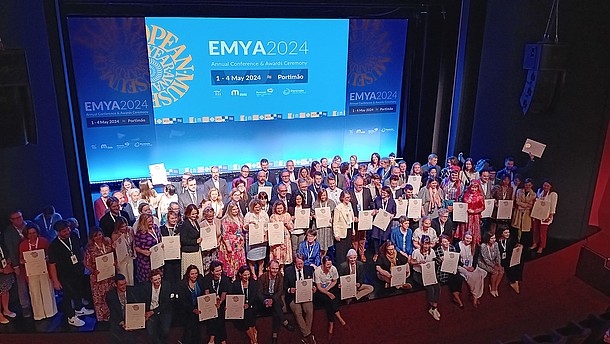Nitrogen is a reliable control method that can kill pests at all stages of development without producing any hazardous residues and without causing any damage to the museum exhibits. The nitrogen treatment has proven to be both practical and economic , because it is suitable for objects of all type, size and form, and for all materials and combinations thereof.
The Biocidal Product Regulation (EU No. 528/2012) enacted in 2012 has now made it almost impossible for museums to use nitrogen for pest control. Nitrogen treatments which use nitrogen from cylinders can now only be carried out through a single specialist company. It is no longer legal for museums to use chambers which are supplied with nitrogen via generators. And it is now almost impossible to commission third-party companies, which have so far provided a very satisfactory service to the museums. Alternative methods can be discounted for a large proportion of the objects in collections, because heat or low-temperature treatment is risky and all other methods which use gases cannot be used on many materials without damaging them.
In their statements, ICOM, ICOMOS and the German Museums Association appeal to the responsible authorities in Brussels to affect a new resolution which permits pest control with nitrogen – regardless of whether it is in cylinders or produced by means of generators. Only then will it be possible to continue to preserve art and cultural heritage for present and future generations and to combat the growing pest problem in a sustainable and inexpensive way.
NEMO is mobilizing its members to take a stand against the suggested ban on the use of nitrogen in museums that the current EU Biocidal Product regulation implies. Full members of NEMO are asked to sign a letter addressed to the European Commission that calls for a solution that allows nitrogen in cultural heritage preservation in the entire European Union.





